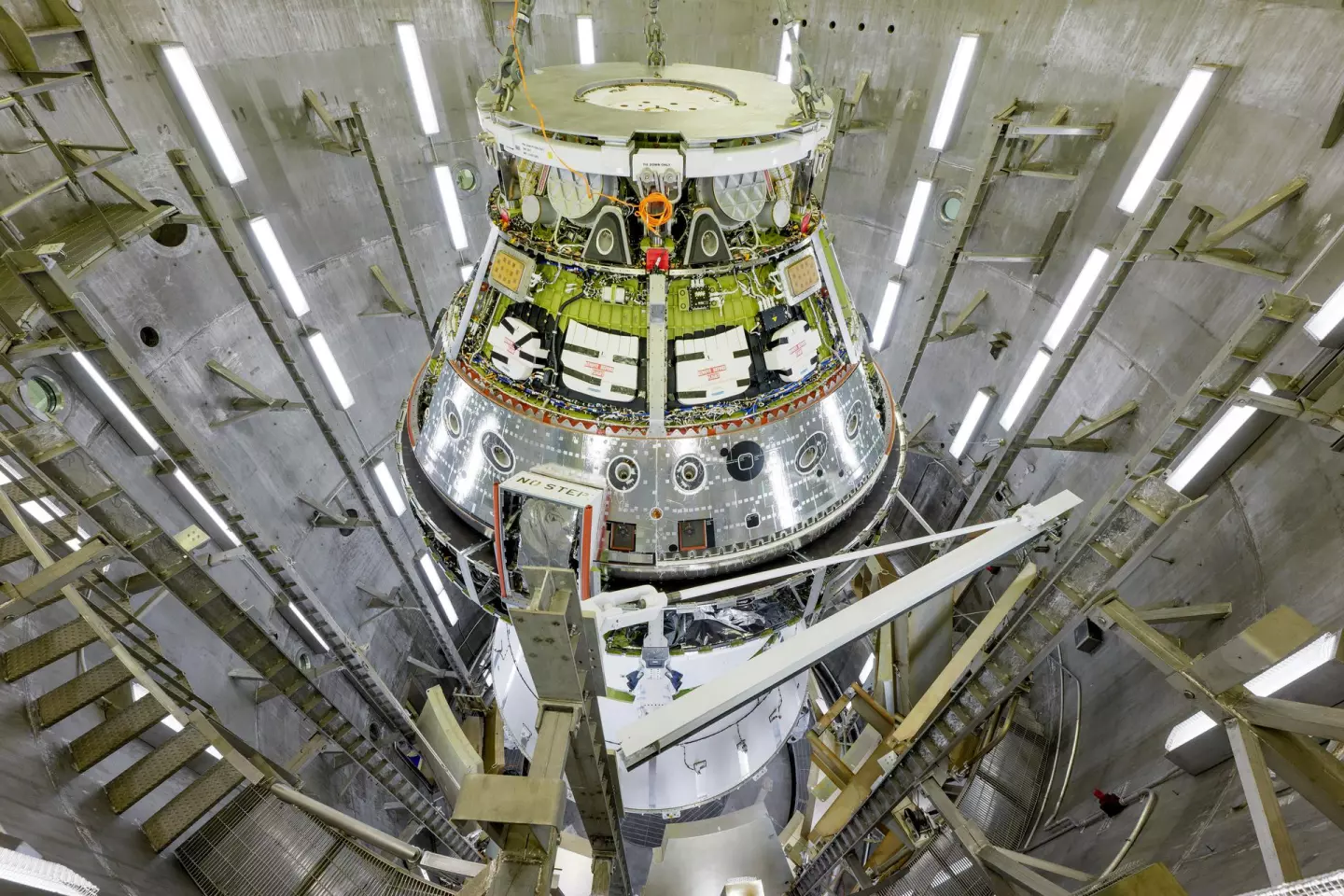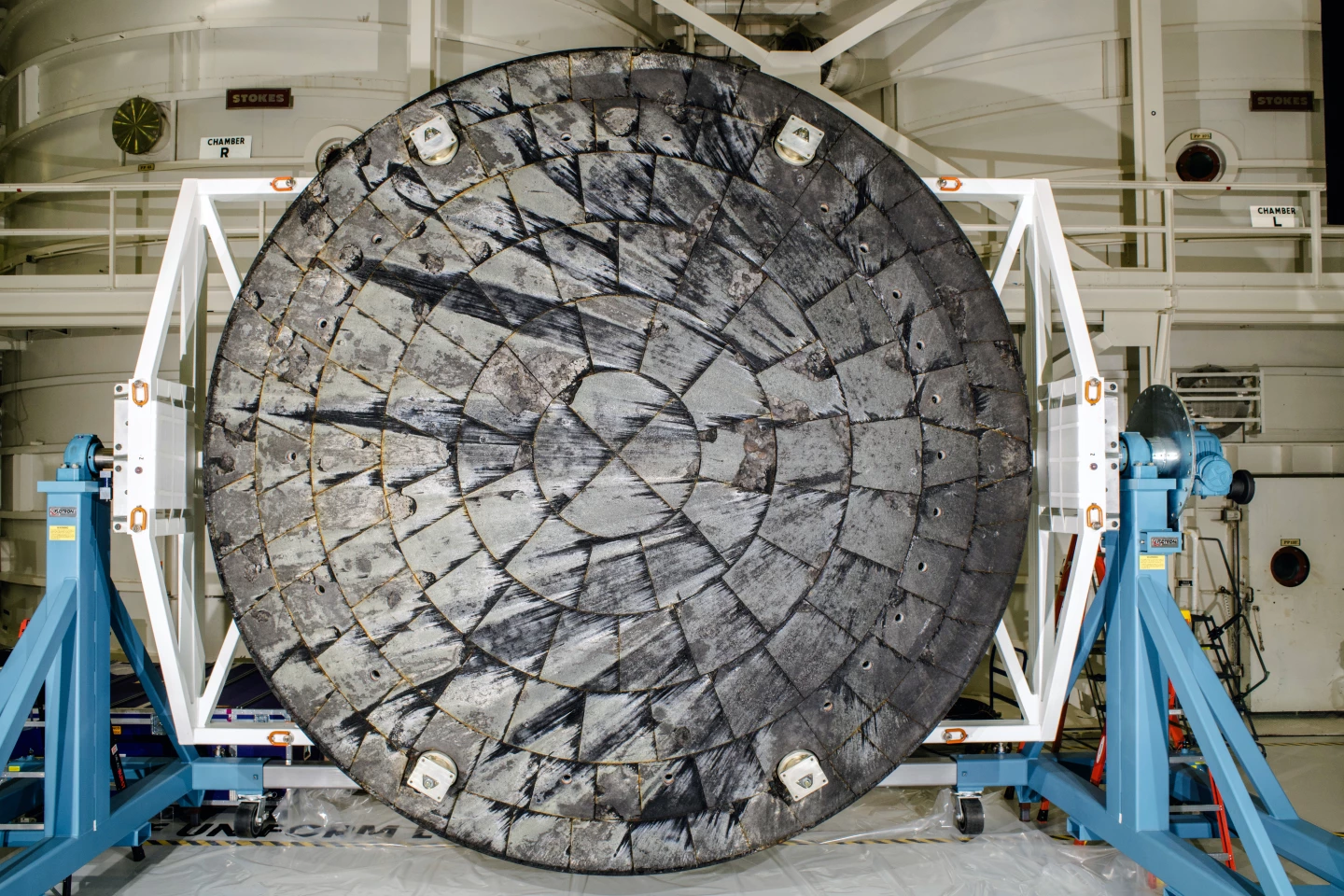The Artemis II and III missions slated to return US astronauts to the Moon have been set back. At a press conference, NASA officials said that problems with the heat shield and life support systems would delay the launches until 2026 and 2027.
On December 5, NASA Administrator Bill Nelson, Deputy Administrator Pam Melroy, Associate Administrator Jim Free, and astronaut and Artemis II commander Reid Wiseman gave an update of the status of the Artemis program dedicated to returning US astronauts to the Moon and establishing a permanent human presence there.
In a statement, the officials explained that problems with the heat shield used to protect the crew capsule on reentering the Earth's atmosphere and continuing issues with the environmental control and life support systems for the Orion spacecraft have required another setback of the mission timetables.

Originally scheduled to fly somewhere between 2019 and 2021, the Artemis II mission, which would have seen two US astronauts and one Canadian astronaut orbit the Moon, was pushed back to 2023. This was later moved to September 2025. Now, it has gone to April 2026.
Meanwhile, Artemis III, which was meant to land astronauts at the Moon's south pole, has been rescheduled for no earlier than mid-2027 and there has been speculation about scrubbing the lunar landing or even changing the mission to low Earth orbit for technology testing.
The reasons given for the delay rest primarily on the heat shield. The largest heat shield ever made for a crewed spacecraft, it's made of an epoxy novolac resin, called Avcoat, with special additives set in a fiberglass honeycomb matrix. It was originally created for the Apollo Command Module, but has since been reformulated to meet current environmental regulations.
The problem with the shield occurred during the Artemis I uncrewed mission. On entering the Earth's atmosphere on a trajectory to mimic that of a lunar return at 25,000 mph (40,000 km/h), sections of the shield were charred and hadn't ablated as designed. Later testing showed that gases generated inside the material at the tremendous temperatures of reentry hadn't escaped properly and cracked the shield, causing bits of it to break away.

The newest delay is the latest in a series of embarrassments for the space agency over the Artemis program. Already suffering from criticism about mission objectives and the insistence on using outdated 1970s Space Shuttle technology for the Space Launch System (SLS) launch vehicle, the project has been plagued by cost overruns with the budget exploding to US$93 billion by 2023 and a cost of at least US$2.2 billion per launch with only one launch every two years.
The latter is particularly embarrassing at a time when SpaceX plans to launch a rocket bigger than the SLS 25 times in 2025 and an increased launch rate after that at much cheaper costs than the SLS. In addition, other private launch companies are staging lunar missions and even planning interplanetary missions in the near future.
Despite this, the Orion spacecraft is being stacked on the SLS rocket for Artemis II while assembling the Orion for Artemis III, and NASA continues to state its confidence in the program. However, the delays of Artemis and an apparent reluctance to face current advances in space technology suggest that, in the near future, NASA may have to consider suggestions made by some critics that the agency get out of the space launch and human spaceflight programs, and concentrate more on deep space exploration, where it's been most successful in recent years.
"The Artemis campaign is the most daring, technically challenging, collaborative, international endeavor humanity has ever set out to do," said Nelson. "We have made significant progress on the Artemis campaign over the past four years, and I’m proud of the work our teams have done to prepare us for this next step forward in exploration as we look to learn more about Orion’s life support systems to sustain crew operations during Artemis II. We need to get this next test flight right. That’s how the Artemis campaign succeeds."
Source: NASA







